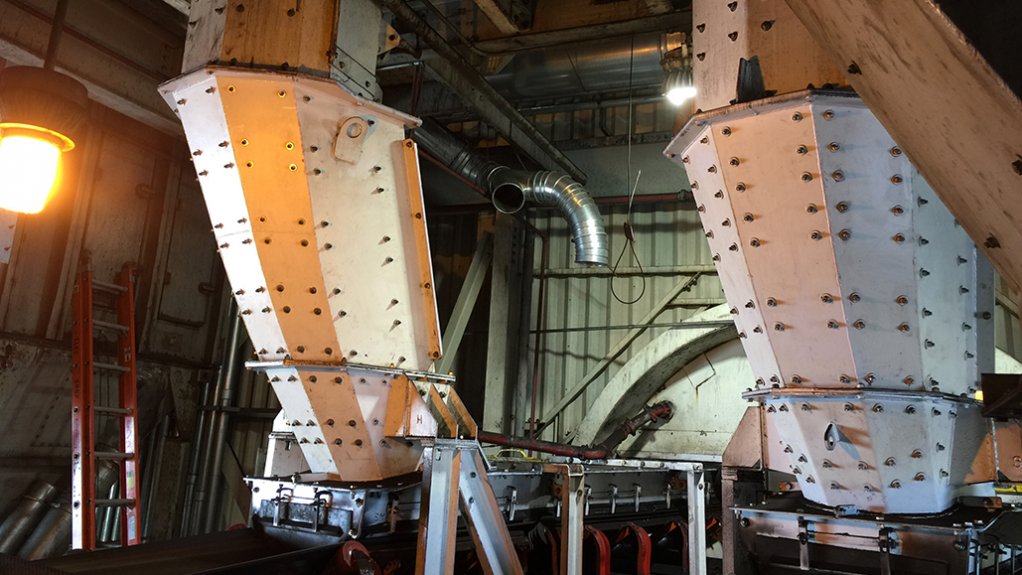South Africa-based Weba Chute Systems says it has supplied its products to more than 50 countries, and two contracts in the US have again illustrated the effectiveness of its chutes in reducing coal dust.
One of the contracts saw the company supplying 10 controlled flow chutes to a coal-fired power station in the state of Wyoming, with a requirement that the new chutes – which replaced existing standard chutes – should produce less than the regulated 2.4 mg/m3 of dust under predefined operational conditions.
Weba asserts that the new chutes reduce dust levels by between 46% and 77% between conveyors, while also enhancing conveyor capacity by discharging the coal more centrally on the belts – with one conveyor belt able to transport an extra 150 t of coal an hour. The controlled flow chutes were also shown to block less frequently, thereby reducing coal spillage.
The second Weba installation was at a Missouri power plant, which wanted to reduce the housekeeping required to keep its coal handling systems compliant with health and safety regulations in respect of respirable coal dust. It also wanted to minimise wear on conveyors and components and reduce material spillage through central loading.
The company says that the results achieved by its controlled flow chutes were even better than those achieved at the Wyoming plant, with dust being reduced by between 73% and 91%. It adds that carry-back was also improved as a result of quality primary and secondary belt scrapers replacing the inadequate belt wipers previously used.
Coal dust is a major problem for the operators of facilities such as coal processing plants and power stations as it not only reduces the efficiency of machinery and equipment but it can also impact on the health of workers and even the health of residents of neighbouring communities.
The biggest contributor to the dust generated within these facilities is invariably the conveyor systems transporting the coal. Within these systems, the transfer points where material is transferred from one belt to another are particularly problematic and are responsible for much of the dust produced.
While dust suppression and dust extraction systems can help to reduce the amount of coal dust generated by conveyor systems, they represent – more often than not – only a partial solution. A much more effective approach is to focus on the engineering and positioning of the chutes used at the transfer points.
This is the view of Weba Chute Systems technical director South Africa Alwin Nienaber, who says: “Careful chute design can relieve 50% to 80% of the problem. Suppression and extraction of the remaining dust then becomes a much more efficient component in a broader and more holistic solution.”
EMAIL THIS ARTICLE SAVE THIS ARTICLE
To subscribe email subscriptions@creamermedia.co.za or click here
To advertise email advertising@creamermedia.co.za or click here













